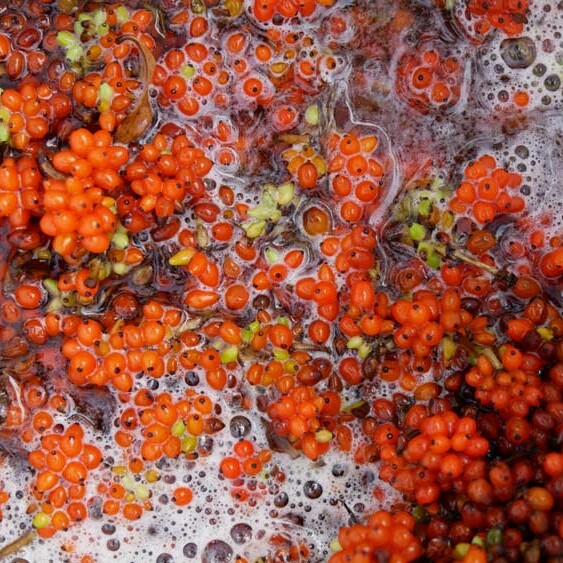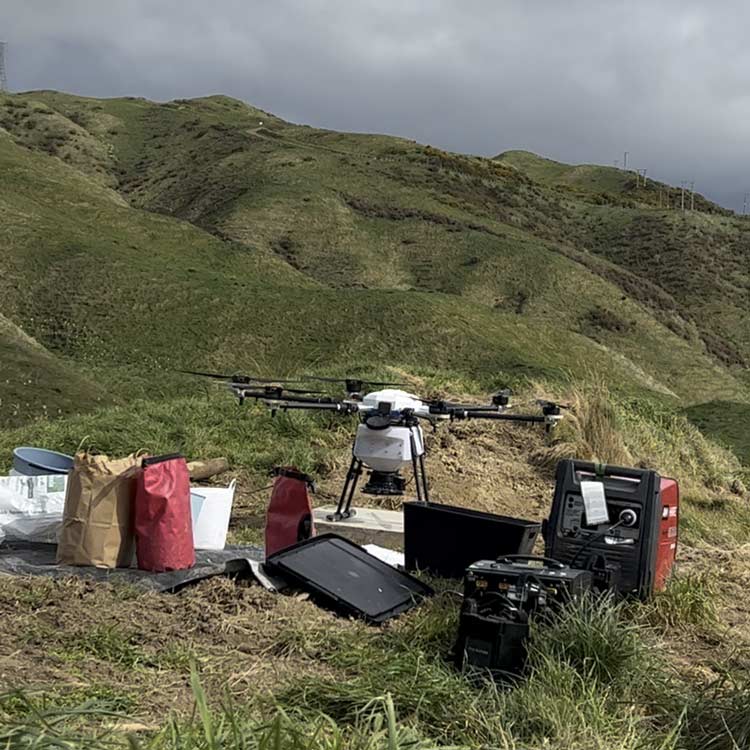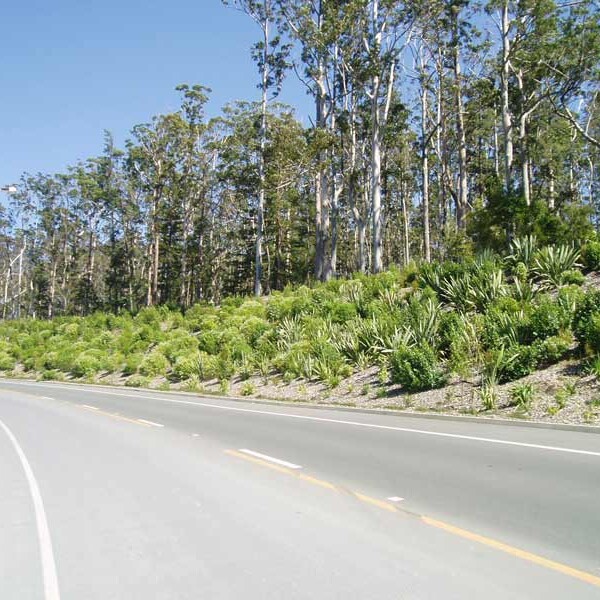CASE STUDY
Wetland Enviroblanket®
Cashmere Valley, Christchurch
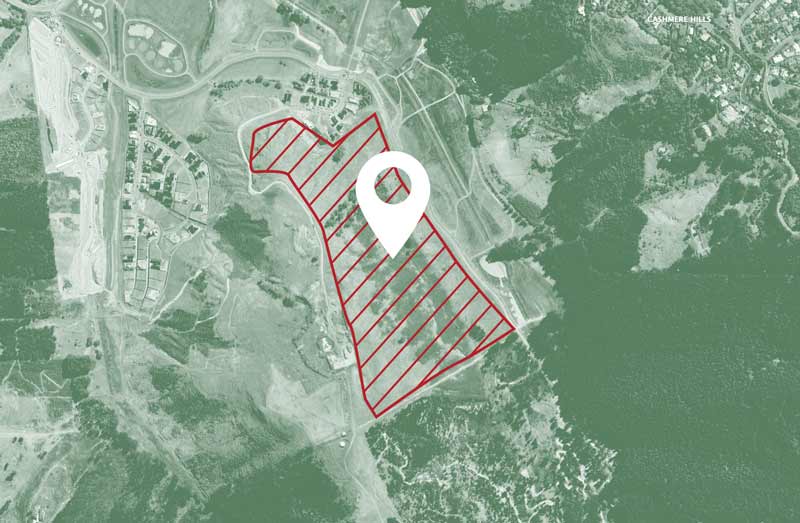
Backstory:
The 2017 Port Hills wildfires tore through tinder dried grass lands, ignited commercial forestry plantations, and devastated large swathes of established native bush. The suburb of Cashmere was on high alert as the fire jumped the road from rural areas into the upper reaches of high density urban environments. The fire burned through 2000 hectares, destroying multiple homes and leaving much of the area’s vegetation desolate, barren, and prone to erosion.
To provide backflow flood prevention and sedimentation control for the Heathcote River, Christchurch City Council Waterways and Catchment Management Team designed and implemented a stormwater detention basin downstream of the Christchurch Adventure Park. To create the basin, the area was lowered by 300 mm with a flood gate installed to manage discharge into the Heathcote. Stormwater detention allows sediment to be deposited, reduces peak flow attenuation, and allows water to be slowly released after the rain event has passed, so as not to overload the Heathcote River.
Christchurch City Council contracted Red Tree to revegetate a six hectare section of the detention basin. The newly created wetland required native vegetation to facilitate ecosystem services such as groundwater replenishment, sediment and nutrient retention, and water purification. In addition, native vegetation enhances the aesthetic and cultural value of the wetland and beautifies public walkways through the wildlife habitat.
The Wetland Enviroblanket® was applied in the Winter of 2020. New Zealand native species, particularly grasses, sedges, and reeds suited to the wetland environment were included in the seed mix. Straw mulch was then applied over the exposed areas and crimped into the ground to meet Environment Canterbury’s erosion and sediment control guidelines.
"Ecological succession is a race for domination; a process by which species best adapted to local environmental conditions succeeds."
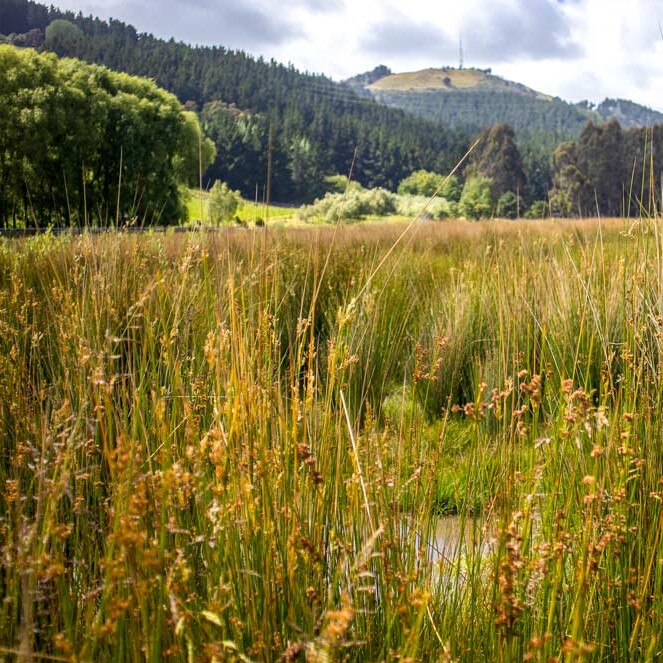
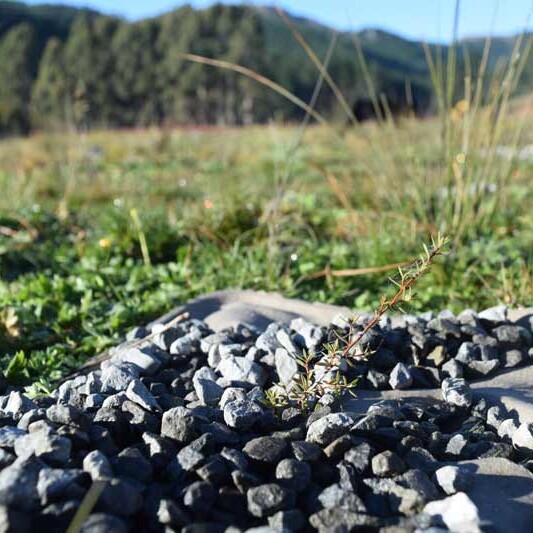
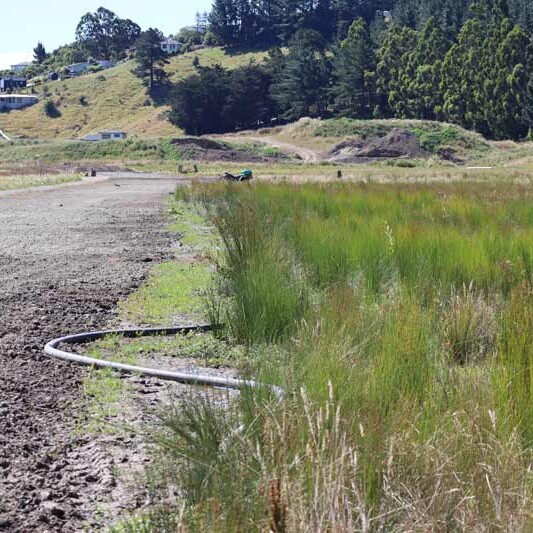
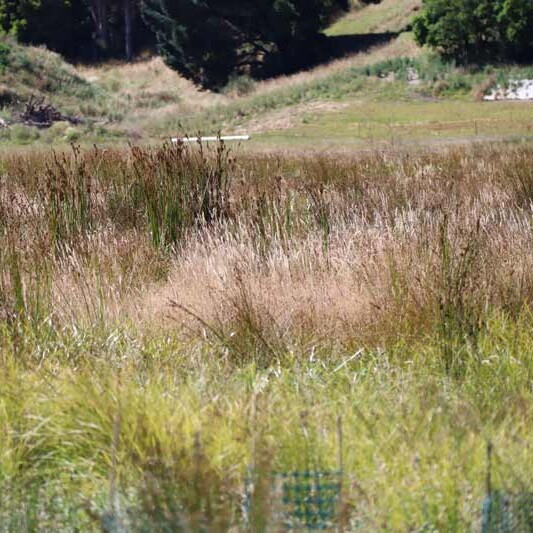
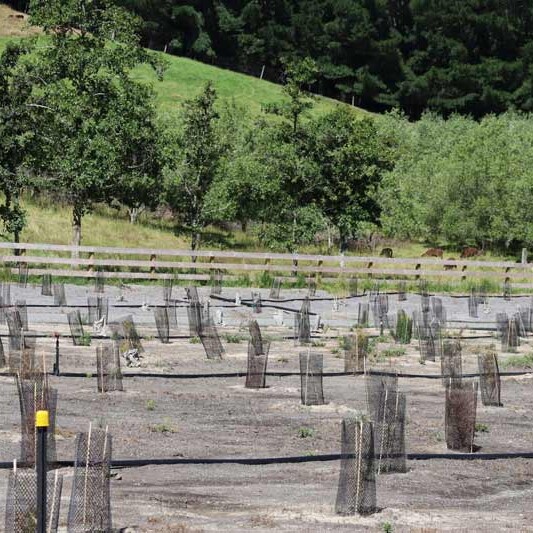
The Challenge:
Ecological succession is a race for domination; a process by which species best adapted to local environmental conditions succeeds. Exotic weeds metabolise faster than native species and without intervention, gain the upper hand; weed competition is the greatest hurdle to successful native restoration.
Four years ago, the Enviroblanket® began with small scale trials, effective on vertical faces and hard to access areas; however, as we scaled up and diversified into wetlands and riparian margins, it became clear that versatility and resource optimisation was needed to achieve a cost-effective outcome.
The Solution:
Red Tree developed innovative and unorthodox herbicide application methodologies to overcome the exotic weed competition by combining boom spraying, weed wiping and drone technologies. These breakthrough weed management practices have facilitated effective knock down of competing species and has allowed native wetland plants to emerge.
The resource optimisation process required to upscale the Enviroblanket® refined biological blends and optimised sewing timings, cultivation techniques, herbicide use, species selection and order of delivery.
